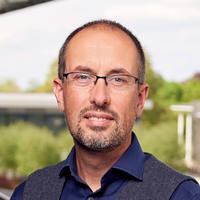Carter Group
Molecular Cytogenetics
Archive Page
This page is maintained as a historical record and is no longer being updated.
The Molecular Cytogenetics group was led by Dr Nigel Carter until his retirement in May 2012. The team continues to work under Alex Bateman, who now leads the EBI’s Protein Services. The group was then led by Dr Matt Hurles. We are maintaining this page as a historical record of the group’s activities at the Sanger Institute.
The Molecular Cytogenetics team investigates ways of detecting changes in the numbers of genes and chromosomes both in the human and in other organisms that could shed light on the causes of certain inherited disorders in man. The team was led by Dr Nigel Carter, who retired from the Institute on 1 May 2012. His research group is now led by Dr Matthew Hurles.
For more information on the Cytogenetics Facility, please contact Fengtang Yang.
The observable differences are so small and rare that they are difficult to find and to prove cause and effect, and so the team works together with a large international consortium of researchers investigating inherited disorders. The team has also developed microarray technologies to reveal changes in copy number of individual genes in single cells, as well as a technique known as arraypainting that allows the rapid detection of large changes in chromosome structure associated with a variety of human disorders.
The team are also responsible for setting up the resource known as DECIPHER, which is a clinical database open to physicians all over the world into which information concerning rare genetic disorders can be entered with the purpose of sharing research findings to further the understanding of genetic diseases in man.
Chromosomes are the organised structures within each cell consisting of single pieces of coiled DNA which contain a specified number of genes. In man there are normally 46 chromosomes, which contain many thousands of genes.
Having the correct number of genes and chromosomes in every cell in a body is obviously of great importance in terms of the normal development and functioning of a human being.
When there is a difference in the number of copies of a particular gene or chromosome – either too many or too few – this can result in genetic disorders.
Our aims
The Molecular cytogenetics team’s aims are to develop ways of detecting changes in the numbers of genes and chromosomes both in the human and in other organisms that could shed light on the causes of certain inherited disorders in man.
We are examining variation in the number of copies of genes both in the normal situation and in relation to human disease.
Our research also enables us to make discoveries about mammalian chromosome evolution and chromosome organisation and structure.
Our approach
We use a variety of technologies to examine the number of genes and chromosomes in individual cells. Our main tools include fluorescence in situ hybridization (FISH) – a technique where certain segments of DNA are labelled with a dye that fluoresces under UV light rendering that segment visible under a high-power fluorescence microscope. This enables us to directly examine gene copy number in a cell. We have also developed a chromosome flow sorting technique, where we can separate out specific chromosomes from the rest of the chromosome complement.
We have used FISH since the Sanger Institute first opened, to generate so-called sequence-ready large insert clone maps for example segments of DNA that were used during the Human genome project for sequencing the human genome. Currently, we have developed multicolour technologies that enable us to unequivocally identify chromosomes in the zebrafish (an organism which has much smaller chromosomes than a mammal). This technique when applied to man allows us to see any changes in chromosome number and to be able to identify which chromosome is altered in number. All this information can be used for determining the causes of human genetic disorders.
In addition, we have been able to utilise the resources made available during the sequencing of the human genome to develop DNA microarrays – microscope slides that are spotted with tiny amounts of individual fragments of human DNA that can be used to capture similar DNA from other humans – in order to compare the number of DNA copies between unaffected individuals and those with a particular disorder. This is known as comparative genomic hybridisation (array-CGH). We have also recently constructed a DNA microarray covering the entire human genome which we have used for various studies including the identification of normal copy number variation in human populations and the detection of genetic gains and losses in single cells. Using ultra-high resolution microarrays and flow sorting we have developed a method called arraypainting that enables us to efficiently and rapidly map and sequence balanced translocation breakpoints for example segments of DNA that have swapped chromosomes.
A major use of the array-CGH technology has been to identify copy number changes that are associated with genetic disorders in patients with congenital abnormalities and/or learning disabilities. These changes are often so small and rare that international collaboration is needed to identify similar cases. We have developed a clinical database called DECIPHER which allows clinicians and researchers using array-CGH to submit their results and share findings over the internet. DECIPHER has already facilitated the identification of new disease syndromes and associated changes in DNA, and will become more useful and powerful as the database grows. Over 60 major clinical laboratories worldwide are now members of the DECIPHER consortium.
DECIPHER
The DECIPHER database is a collection of reported chromosomal micro-deletions, duplications, insertions, translocations and inversions, together with their locations in the human genome, and information about how each relates to human developmental delay, learning difficulties and inherited disorders.
Core team
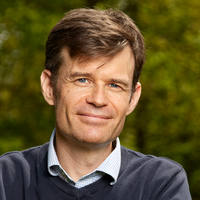
Dr David Adams
Senior Group Leader

Dr Carl Anderson
Head of Human Genetics and Senior Group Leader
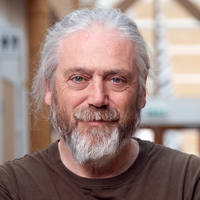
Professor Mark Blaxter
Programme Lead for Tree of Life Programme and Senior Group Leader
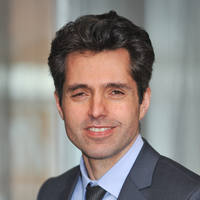
Professor John Danesh
Faculty

Dr Ireena Dutta
Interim Director - Connecting Science
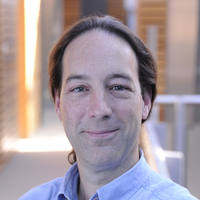
Dr Sebastian Gerety
Senior Staff Scientist
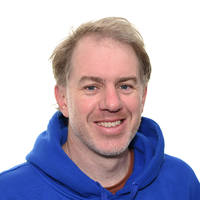
Professor Ben Lehner
Head of Generative and Synthetic Genomics
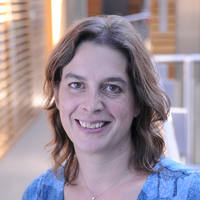
Dr Sarah J Lindsay
Senior Staff Scientist
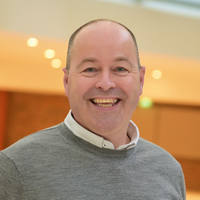
Carl Logan
Chief of Staff to the Director
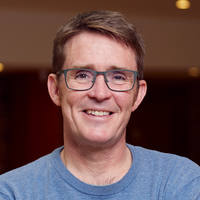
Professor Nicholas Robert Thomson
Head of Parasites and Microbes Programme and Group Leader
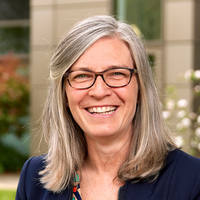
Dr Julia Wilson
Director of Strategy, Partnerships and Innovation
Previous core team members
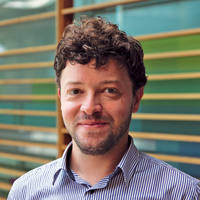
Dr Giuseppe Gallone
Former Senior Computer Biologist at the Sanger Institute
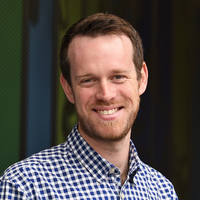
Dr Eugene Gardner
Postdoctoral Fellow
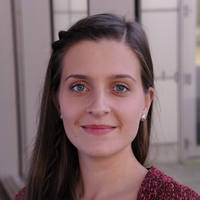
Sophie Hackinger
PhD Student
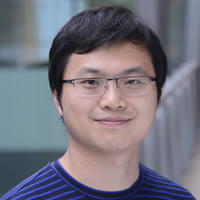
Liu He
Postdoctoral Fellow
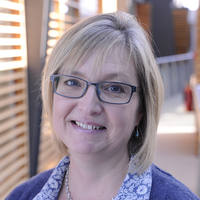
Dr Ro (Rosemary) Kelsell
Project Administrator
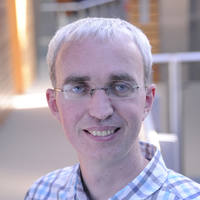
Jeremy McRae
Statistical Geneticist
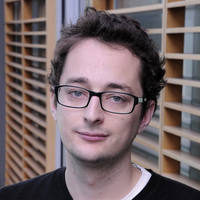
Colin Nolan
Former Group Leader (Acting)

Dr Kalliope Panoutsopoulou
Career Development Fellow
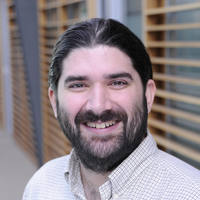
Dr Joshua C. Randall
Senior Scientific Manager

Dr Gabriele Rinck
Project Manager
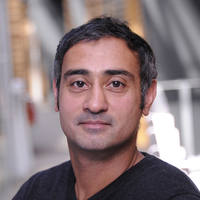
Manjinder Sandhu
Former Senior Group Leader
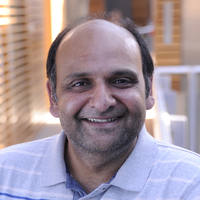
Dr Jawahar Swaminathan
Senior Scientific Manager (DECIPHER Project Manager)
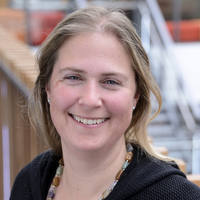
Dr Sarah Teichmann
Senior Group Leader and former Head of Cellular Genetics
